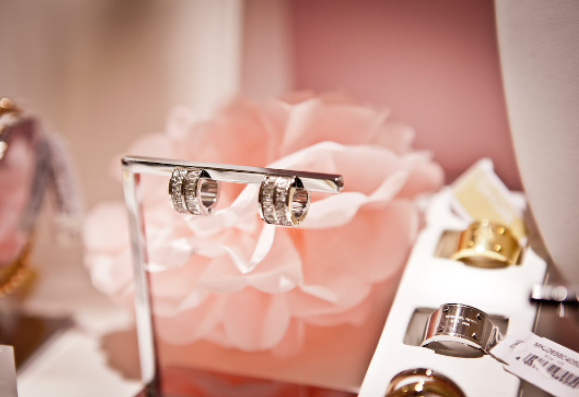In a world brimming with diverse cultures, the allure of silver jewelry transcends mere fashion trends. Beyond its aesthetic appeal, silver holds profound significance in various cultural contexts, each imbuing this precious metal with unique meanings and symbolism.
Unveiling the Mystique of Silver Across Cultures
- Ancient Symbolism
Silver’s significance traces back to ancient civilizations, symbolizing purity and wealth. Silver was associated with the moon in Mesopotamia, reflecting its cool, calming properties. The metal’s malleability made it a preferred choice for crafting intricate adornments, showcasing the craftsmanship of bygone eras.
- Spiritual Significance in Hinduism
In Hindu culture, silver occupies a sacred space. It is often used in religious ceremonies and is believed to have spiritual purity. Silver jewelry, such as anklets and toe rings, is worn during various rituals, symbolizing auspicious beginnings and warding off negative energies. The metal’s antimicrobial properties align with the emphasis on cleanliness in Hindu traditions.
- Turkish Tradition and Elegance
Turkey boasts a rich history of silver craftsmanship, with artisans creating exquisite pieces that blend tradition with contemporary design. Silver, known as “gümüş” in Turkish, is often used in wholesale men’s jewelry and ornate belts, bracelets, and rings. These pieces adorn the wearer and reflect the country’s cultural richness and artistic finesse.
- Native American Silver Craftsmanship
Silver jewelry holds profound cultural significance among Native American tribes, serving as more than ornate accessories. Incorporating silver into intricate designs, such as dreamcatcher earrings or turquoise-studded necklaces, goes beyond mere aesthetics; it symbolizes a profound connection to nature and spiritual beliefs deeply rooted in their traditions. Each piece of silver jewelry becomes a tangible repository of stories, acting as a cultural conduit that preserves tribal narratives and allows them to transcend generations.
- Chinese Symbolism and Feng Shui
In Chinese culture, silver is symbolic and closely linked to notions of wealth and prosperity. The intricate designs adorning silver jewelry often feature powerful symbols like the dragon or phoenix, each carrying its significance. According to the principles of Feng Shui, these meticulously crafted silver pieces are believed to attract positive energy, fostering an environment of abundance and well-being. The reflective properties of silver further contribute to its revered status, as they are thought to act as a protective shield against negativity.
- The Contemporary Resurgence
While rooted in tradition, the popularity of silver jewelry extends into the modern era. Its versatility allows for a seamless blend of cultural heritage and contemporary jewelry wholesale items. Silver’s neutral tone complements many styles, making it a staple in casual and formal settings.
- Embracing Sustainability
Silver’s recyclability and durability make it an eco-friendly choice in an era where sustainability is paramount. Silver’s timeless appeal aligns with these values as consumers lean towards ethical and environmentally conscious options.
- Fusion of Cultures in Fashion
Contemporary designers and wholesale jewelry suppliers often draw inspiration from various cultures, creating fusion pieces that showcase the universal allure of silver. Whether it’s a bohemian-inspired necklace or a minimalist geometric ring, these creations celebrate the diversity of global aesthetics.
Conclusion
In a world where cultures interweave and traditions evolve, silver jewelry is a testament to the enduring connection between humanity and precious metals. Its significance, deeply rooted in history and tradition, continues to evolve, making silver a fashion statement and a cultural emblem that transcends time and borders.
